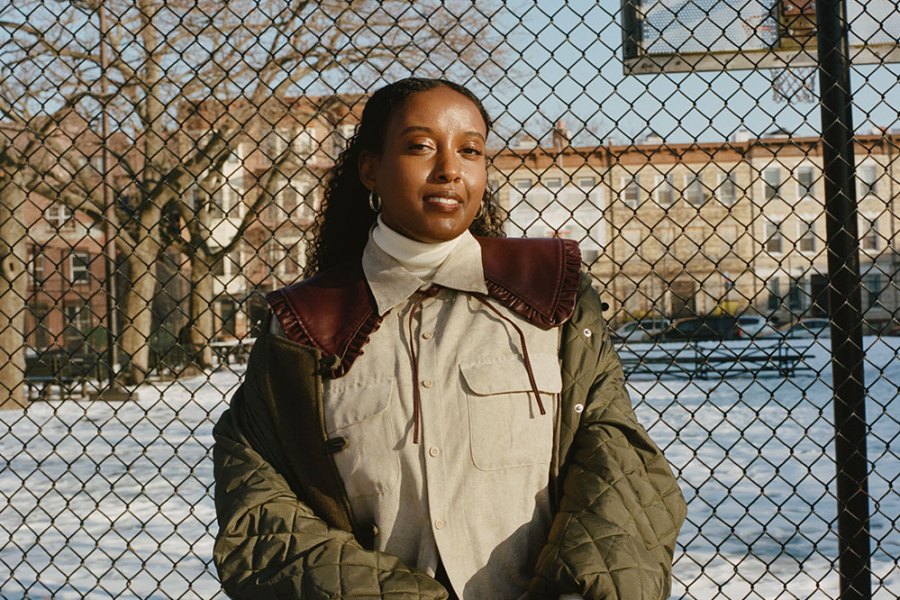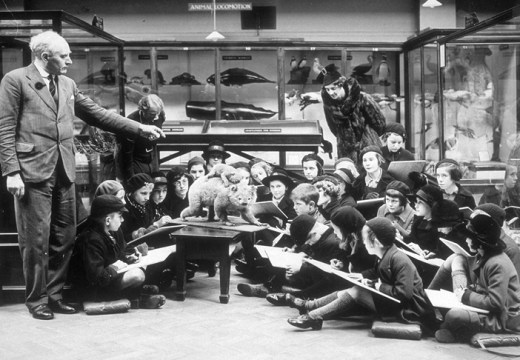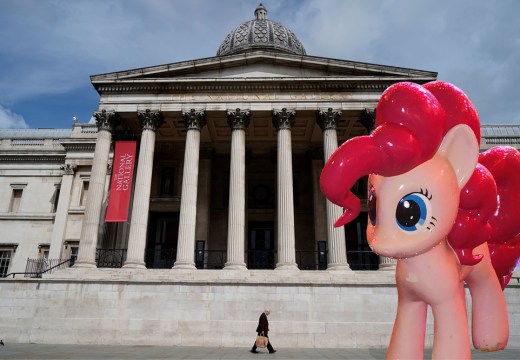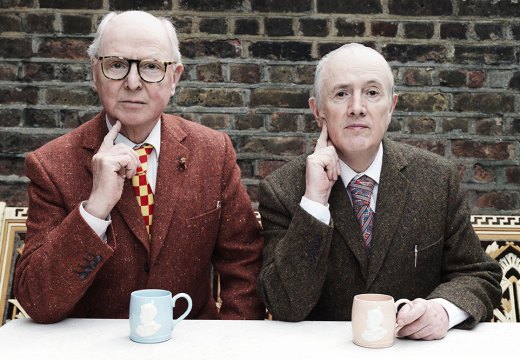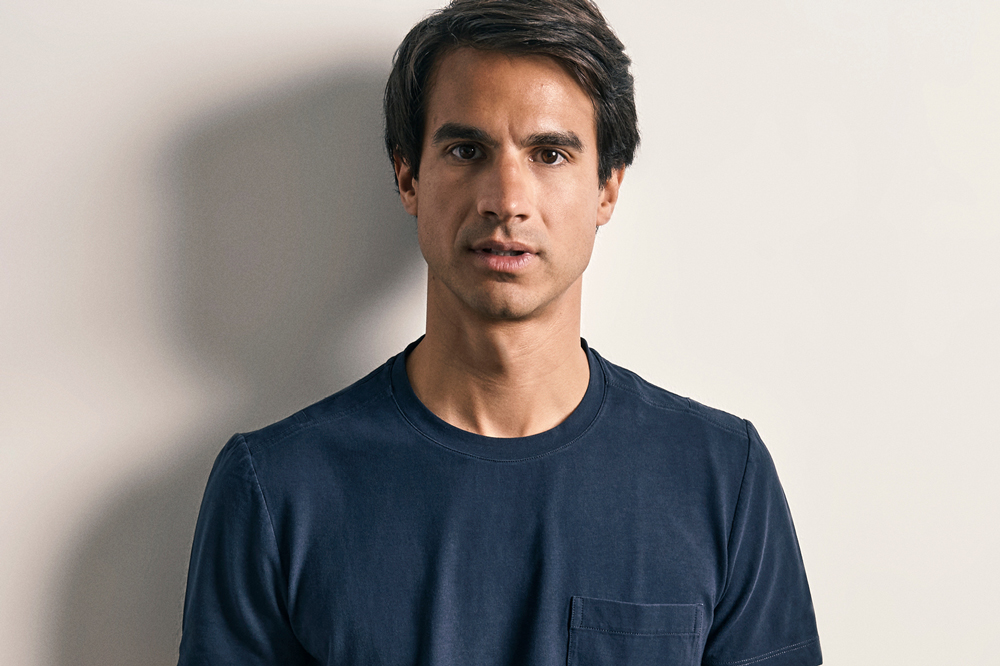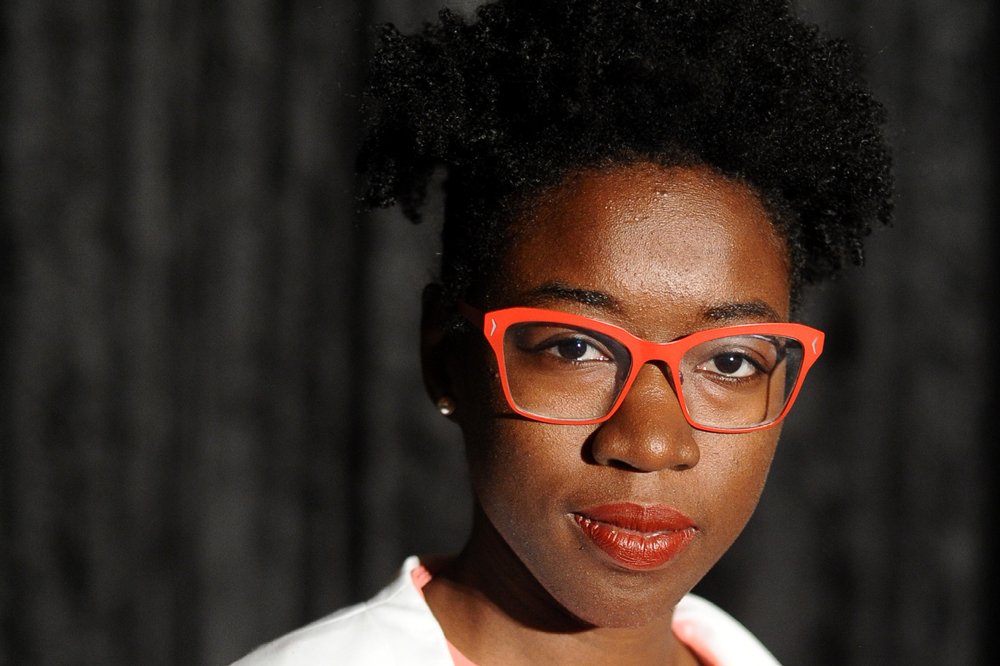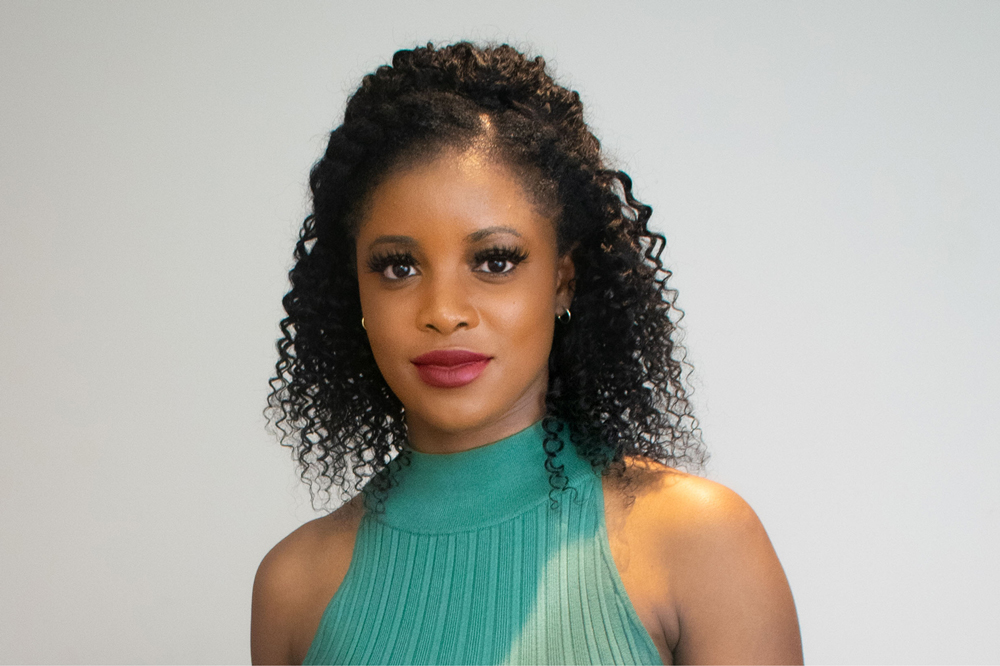Director, New Inc, New York
You studied art and sculpture as social practice at New York University before embarking on an MFA in Design and Technology at the New School. When did your interest in the crossover between art and tech first come into play?
I started working across art and technology at a really young age, when I would visit my uncles in Ethiopia and in Australia. They are both computer engineers, and they were really excited about what they were learning in college; they wanted to share that with my brother and me, so they would have us open up computers and put them back together. They were also developing video games on floppy discs and would have us play them to figure out what worked and what didn’t work. Game development is obviously a creative practice, and seeing the kind of storytelling that they were doing ignited something in me.
After I graduated from college, I took a year to travel and I spent some of that time between Ethiopia, where my family is from, and friends in Palestine. I was thinking about the amazing network of artists I was meeting – how there were a lot of overlaps in the aesthetic languages that they were investigating, and also just their mission and drive as community organisers. I was thinking, how do I connect these people? So I applied to grad school, and very quickly I fell into the wonderful world of physical computing and kinetic sculpture. Once I opened the door, I just couldn’t stop tinkering.
You were recently appointed director of New Inc, the New Museum’s cultural incubator. Can you tell me what you have planned?
The incubator welcomes around 40 art, design and technology teams a year. We also welcome back alumni as part of our community membership – but with the incubator programme, we offer four services: professional development, mentorship, community programming, and (pre-Covid, but hopefully again soon) space. I want to continue refining the professional development aspect in particular. The artists we’re getting at New Inc are very interested in alternative economies, co-operativism, and collectivism, and are thinking about how to make money and build businesses that remain equitable and committed to their communities.
We are also in the wake of the NFT boom. Many of our artists are interested in researching and building projects around decentralisation and NFTs, so that’s something we’ll continue to investigate. I don’t have a well-formulated opinion on the NFT phenomenon at this point – more criticism than anything else – but I am embarking on a year of research in which I’m hoping to learn alongside experts.
But you have previous history with New Inc, don’t you?
Yes! The incubator is now in its eighth year; in its third year, I became a member with my good friend Angelina Dreem, as part of what was then a baby non-profit organisation called POWRPLNT. We were a collective of artists who were trying to figure out how to scale up – how to bring on employees, how to create a five-year strategy, how to fundraise. We were trying to learn a lot very quickly. I think being embedded in a community of like-minded practitioners who were all also in this vulnerable place where they’re curious and they’re also trying to learn and grow was perfect for us. All of a sudden, we were surrounded by people who could help us with different things, could mentor us, were willing to collaborate so we could grow simultaneously. It was a perfect environment.
POWRPLNT’s mission is to provide digital arts education and access to all. How did you formulate that goal?
We’re living at a time when there are a small number of people who are determining technology’s development, and who hold a lot of power. At POWRPLNT we were interested in supporting the next generation of creators to expand the vision for what the future or futures, plural, could look like.
A guiding text for me has been Amiri Baraka’s ‘Technology and Ethos’ [1970], which is a short one-page manifesto that questions the way technology has been created. Because technology is not neutral, obviously – it is an extension of the person who made it. I’m always thinking about how to expand the number of people making the tools, the models, and the systems that we use daily, because then we have a variety of perspectives.
You then worked at the Ford Foundation for a few years. What was your focus there? And what role do non-profits, as opposed to businesses, have to offer art and tech?
Alongside corporate tech, we also need a way of looking at tech that works in the public interest. Maybe those worlds can overlap a bit but we need people who are always thinking about the social layers of technology and are always putting people above products.
I was mainly at the Ford Foundation in a research capacity, partnering with other organisations to produce research. We put out a report called Tech as Art; it’s a study of art and technology communities, across the national landscape but with a regional focus. We were trying to define the most impossible thing to define… This isn’t really a field of practice, it’s so hybrid, and the minute you begin to define it, it reshapes and reforms because artists are always encountering emerging technology and playing with it, incorporating it into their practice. From the artists that were interviewed for the report, I think there were hundreds of definitions for how they explained their practice. So this report starts to find the edges of this ecosystem and also begins to identify needs of artists working in these hybrid ways.
At the Ford Foundation you also worked on helping museums with their digital strategy…
Yes. At the beginning of the pandemic we were fielding many questions about how to develop a digital transition plan – how to continue to engage audiences remotely. We worked quickly to put together a five-part workshop series that explored everything from the immediate tools organisations have at their fingertips, like their social media channels, and then slowly escalated to thinking about more robust or experimental engagement points – like mixed reality, AR, VR. We ended with a couple of sessions that were more justice-oriented and more socially oriented, thinking about disability and web accessibility. [The American sociologist] Ruha Benjamin led a session on equity and justice with respect to technology – which raised some of the ideas I mentioned earlier, about technology not being neutral. As excited as we are to experiment with some of this technology, we should also be mindful of the ways that tech can cause harm as well.
What’s the most important thing that artists can bring to this conversation?
Artists are really great at injecting humour into disturbing situations. They’re really good at showing us alternative ways forward – teaching us what the issues are by breaking things down. I think that artists are our translators, helping us to see things in another way.
Unlimited access from just $16 every 3 months
Subscribe to get unlimited and exclusive access to the top art stories, interviews and exhibition reviews.

